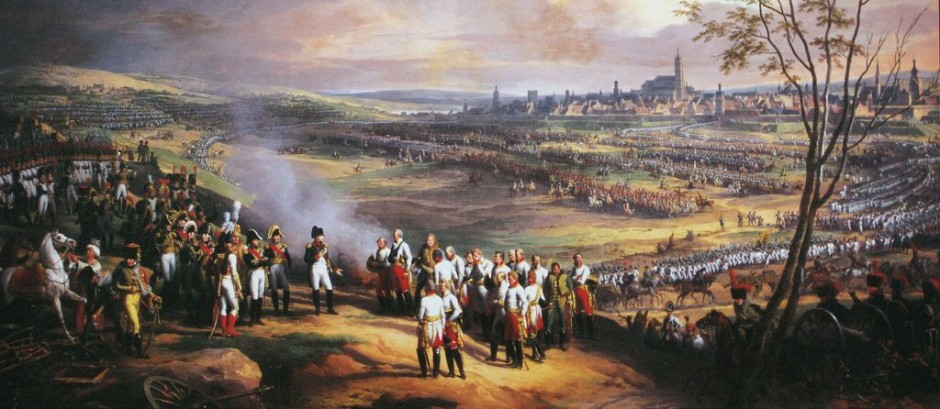Learning to think geographically is learning to think spatially — to consider objects in terms of their location in space, to question why objects are located where they are, and to visualize relationships between and among these objects. One of the key differences between expert and novice geographers is the ability to think spatially. The Geography for Life: National Geography Standards 1994 identified five key geographic skills. They are:
- Asking geographic questions
- Acquiring geographic information
- Organizing geographic information
- Analyzing geographic information
- Answering geographic questions
For fledgling geographers, the most difficult of these skills is the first. Asking geographic questions requires both an understanding of the key perspectives of geography and the knowledge and skills related to spatial thinking. It takes time, guidance, and practice to develop the ability to ask questions related to the “where” and the “how and why there” of a problem. It also takes repeated experiences in thinking spatially to become fluent with spatial concepts, to think in terms of patterns of objects in space (where), and to consider the processes that produce these patterns (how and why there). Maps are an essential tool to organize and display geographic information; patterns and relationships among objects can become apparent on a map in a way that supports spatial thinking and problem solving. Thus learning to think geographically often leads students to a new appreciation for maps and the information they provide.
An important part of the Human Geography part of Global Studies involves using maps to learn significant content, to “think through maps,” as Liben explains it. (Liben 2001, 76). However, human geography students must be critical consumers of maps and other spatial representations. “Maps cannot be seen as separate from the contexts in which they are produced and used” (Morgan and Lambert 2004, 109). Just as texts are written by individuals with varying points of view and can be read and interpreted in different ways, maps are not pure representations of reality but rather social productions subject to critical analysis. When examining a map, the careful consumer should consider the conditions under which it was produced, whether it may be portraying a particular point of view, and what messages it may be conveying about power and perspective. It is important to develop a healthy, critical awareness and skepticism about maps as well as other graphics and images. As the French philosopher Henri Lefebvre (1991) explained, maps and images both represent and reproduce space.
Thinking in Space
- Be aware of your location in space and the role space plays in daily life. When you walk or ride, take note of landmarks and the routes you take. Consider ways you regularly use spatial concepts such as when you pack a bag of groceries, arrange items efficiently in your locker, or maneuver around a traffic jam.
- Think about how other people perceive and use space. For example, when giving directions, do your friends draw maps or provide written directions? Do they measure distance in time, metrics, or both?
- Examine the ways athletes conceptualize and use space while playing virtual and real games, such as hockey, basketball, Super Mario Strikers, and football.
Thinking About Space
- Use maps as a key resource. Train yourself to look for patterns on maps, noting clusters, associations, outliers, and anomalies in the distributions of objects. Look for changes over space and time as you seek relationships among spatial patterns.
- Collect a wide variety of maps and graphics from newspapers, news magazines, the Internet, and other sources and critique them. Are they clear? Are they accurate? Are they biased?
- Read the maps in your Global Studies textbook carefully. Get as much information as possible from them. Examine them critically. Most students “skip” reading maps and other geographic representations but, as you know, they support and enable spatial thinking.
- Use sketch maps and diagrams to illustrate practice free-response questions. Such representations can help you in at least four ways: to organize your thinking, to illustrate key points you wish to make, to spark your reasoning processes, and to add rigor and structure to your answer.
- Make a special point of using terms associated with space in your geographic discussions. Thinking in terms of points, lines, areas, associations, diffusion, spatial hierarchies, regions, buffers, boundaries, distance decay, nearest neighbor effects, and so on can help to reinforce the development of your spatial-thinking skills.
Thinking with Space
- Set non-spatial ideas into spatial contexts. For example, use concept maps as a tool to think; place similar things close and dissimilar things far away. Consider the connections between objects or ideas and use lines to show relationships.
- Draw diagrams, graphs, and sketches to both communicate and think.
